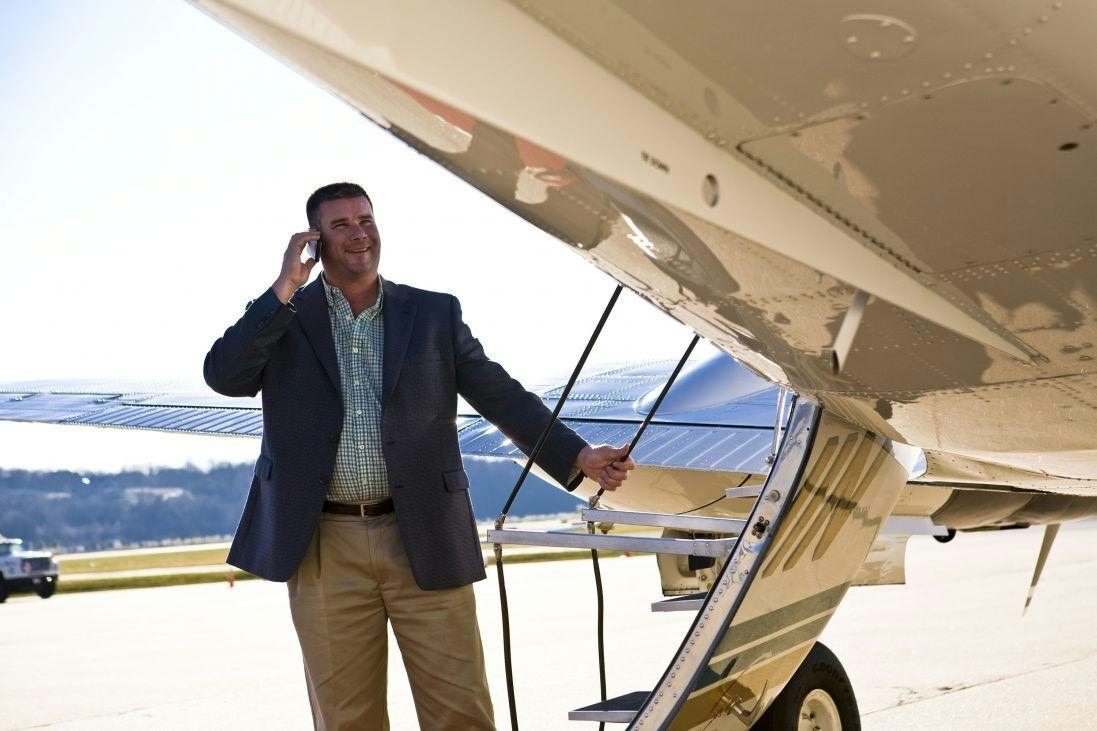
AeroGenie — Uw intelligente copiloot.
Trending
Categories
Why United Airlines Continues to Use the Boeing 777-300ER in 2025

Why United Airlines Continues to Use the Boeing 777-300ER in 2025
United Airlines, which operates the world’s largest commercial airliner fleet, continues to depend heavily on its 22 Boeing 777-300ER widebody jets as the cornerstone of its long-haul operations in 2025. Despite the availability of newer models such as the Boeing 787 Dreamliner, the 777-300ER remains United’s highest-capacity aircraft and one of its longest-range options, deployed exclusively on transcontinental and transoceanic routes.
Delays in Next-Generation Aircraft and Strategic Fleet Decisions
A significant factor underpinning the 777-300ER’s sustained role is the delay in certification and delivery of Boeing’s next-generation 777-9. Regulatory challenges from the Federal Aviation Administration have postponed the first delivery of the 777-9 to at least 2027, a setback that contributed to Boeing’s $5.3 billion loss in the third quarter. In the absence of an immediate replacement, United, along with other major U.S. carriers such as American Airlines and Delta Air Lines, has refrained from ordering the 777X series. Instead, these airlines are focusing on maximizing the operational value of their existing 777 fleets.
United’s 777-300ERs, with an average age slightly exceeding seven years, rank among the youngest aircraft in the industry. These jets feature a range of premium cabin products, including United Polaris Business Class and United Premium Plus, positioning them as some of the most comfortable and luxurious options for international travelers. The aircraft’s spacious cabin configuration allows for multiple premium seating classes, effectively catering to diverse passenger preferences.
Operational Efficiency and Industry Trends
Beyond passenger comfort, the 777-300ER offers significant operational advantages. Its large cabin capacity, high reliability, and comparatively lower maintenance and operating costs have established it as the flagship of United’s fleet, particularly following the retirement of the Boeing 747 in 2017. The transition away from four-engine aircraft such as the 747 and Airbus A380 was accelerated by the economic pressures imposed by the COVID-19 pandemic, which underscored the efficiency benefits of modern twin-engine jets.
This reliance on the 777 platform is not unique to United. American Airlines, for instance, is currently retrofitting its Boeing 777-200ERs with new Flagship Suite cabins, reflecting a broader industry trend of leveraging the proven 777 design while awaiting next-generation aircraft. In the cargo sector, operators like Challenge Group are also investing in the 777-300ER, recently gaining operational experience through a wet-lease arrangement with Kalitta Air as they prepare for their own deliveries.
While some may perceive the 777 as a less prestigious successor to the iconic 747, the 777-300ER has in fact surpassed its predecessor in nearly every operational metric. Its combination of capacity, range, efficiency, and premium passenger offerings ensures that it remains a vital component of United’s fleet—and a mainstay in global aviation—well into the foreseeable future.

FAA Extends Engine Pylon Airworthiness Directive to DC-10

Dubai Airshow 2025: Key Aircraft and Conference Highlights
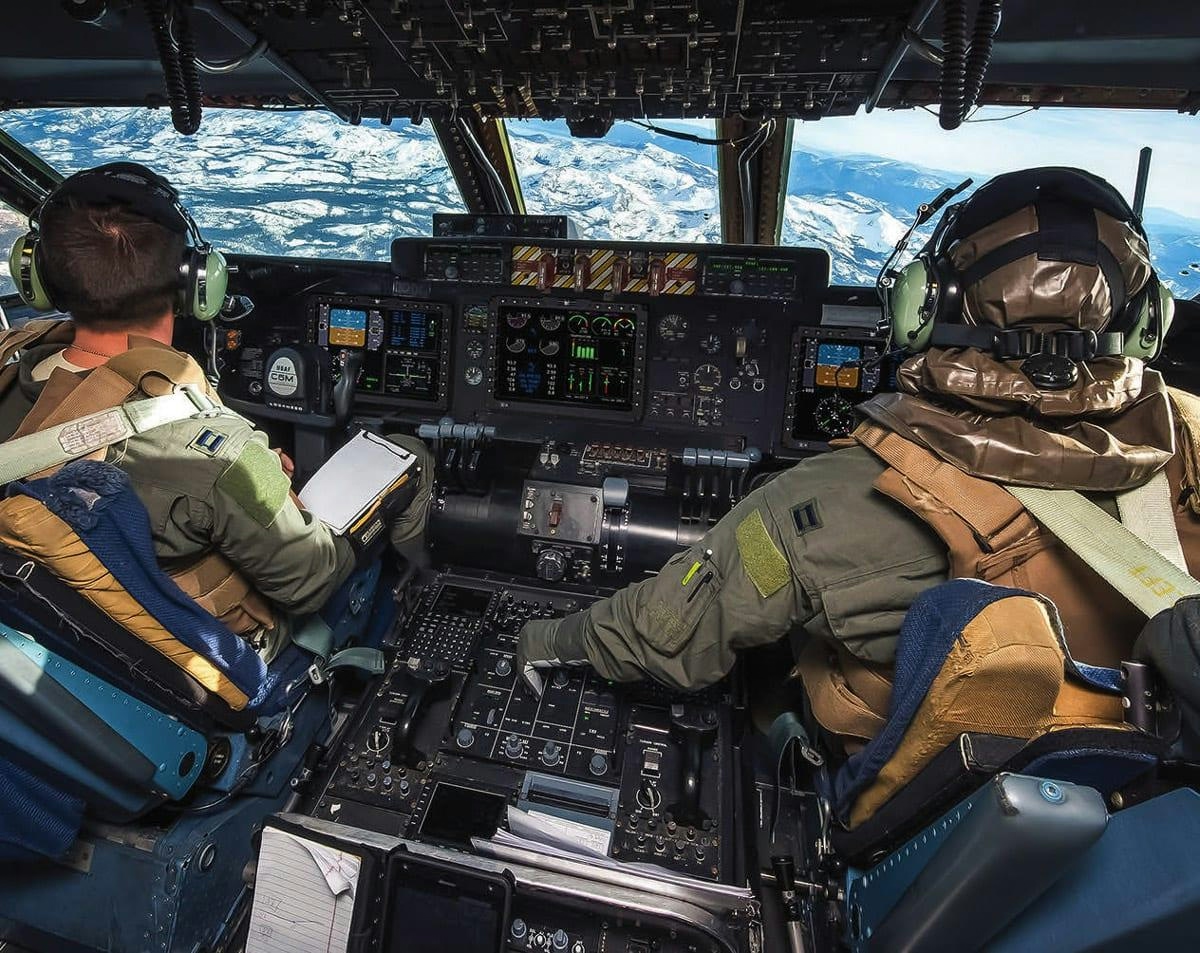
Defense Aviation Adopts Commercial Innovations
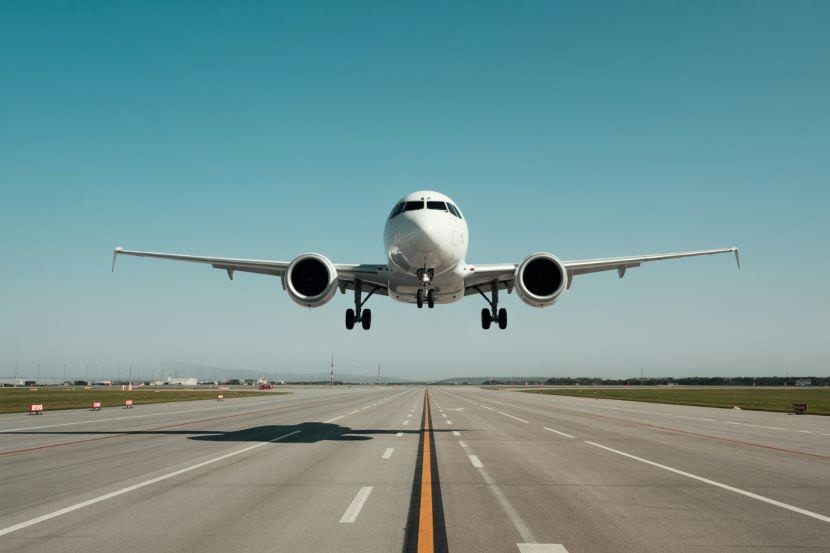
MedAire’s Alert Platform Enhances SolitAir’s Role in Aviation Security Innovation

India Faces Shortage of 30,000 Pilots Amid Growing Fleet, Aviation Minister Calls for Urgent Training
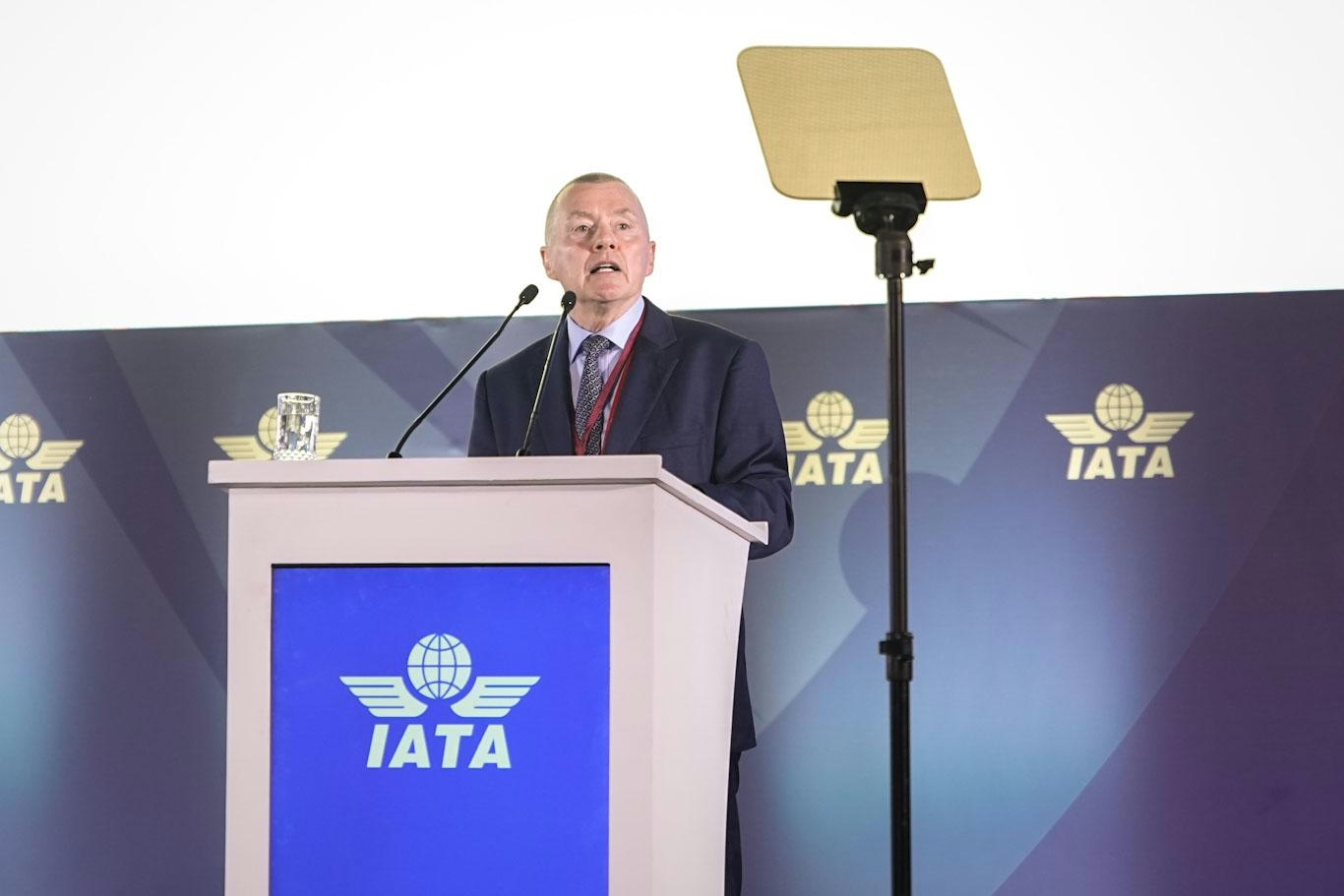
IATA Chief Calls for Fair Compensation for Airlines Amid Supply Chain Challenges

AAI Unveils Pavilion Highlighting India’s Aviation Advances at IITF 2025
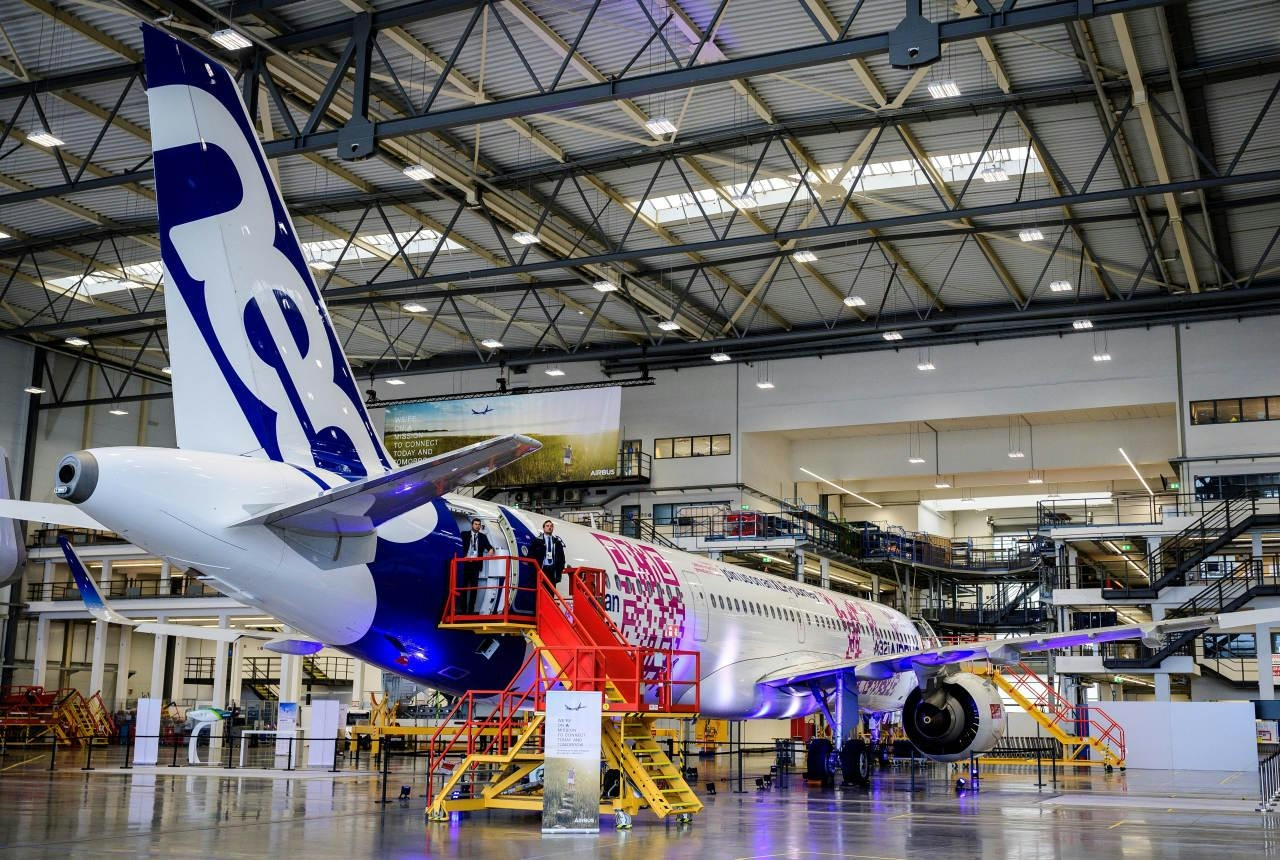
Airbus Projects Asia-Pacific Will Need Nearly 20,000 New Planes Over 20 Years
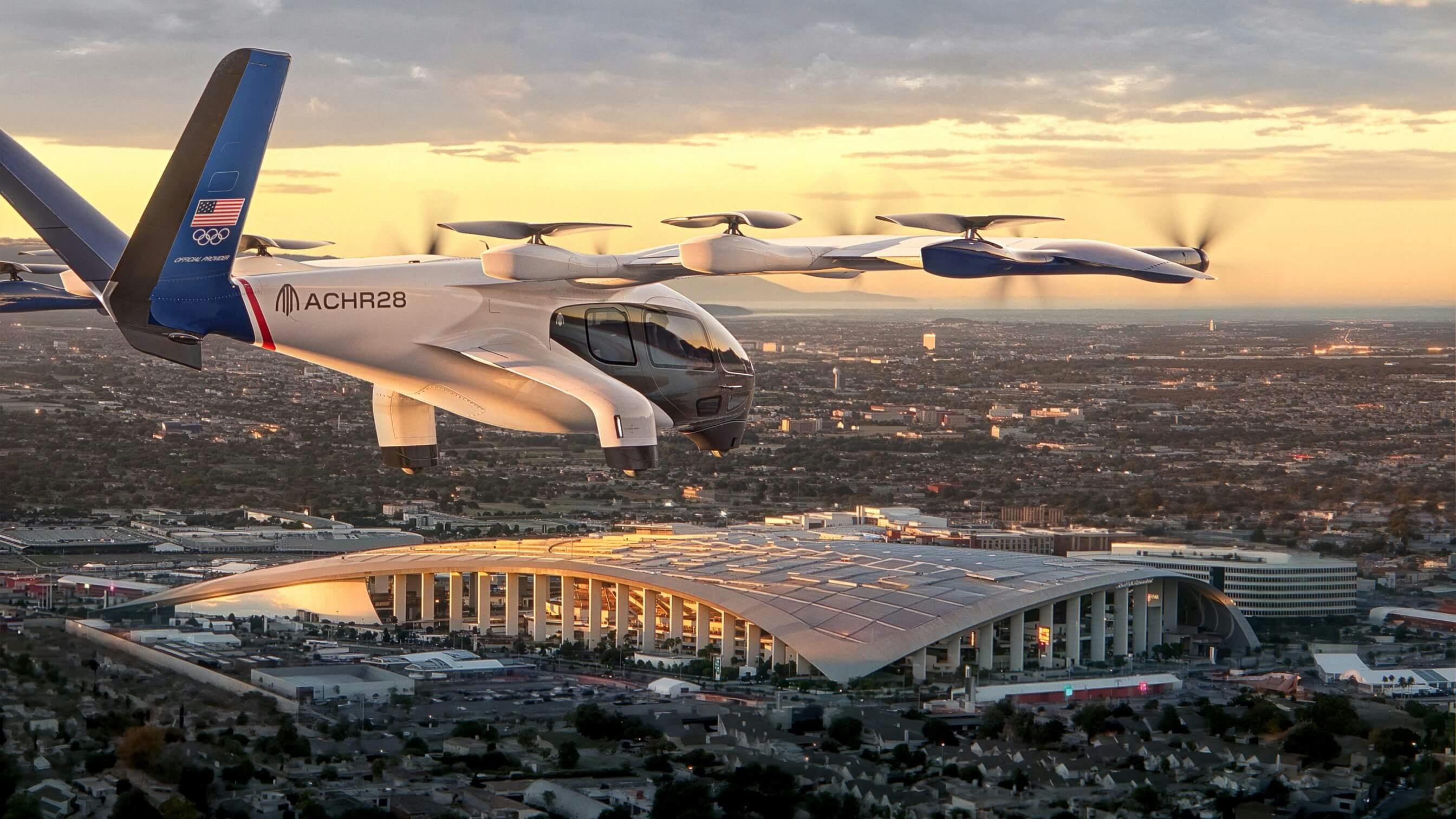
Archer Midnight Air Taxi Launches Silent City-to-Airport Flights in 2026
